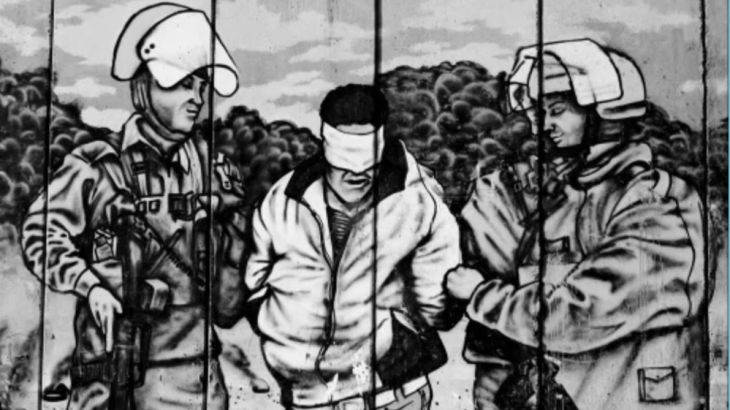
Ryuichi Hirokawa: Witness from the East
While working on a kibbutz in 1967, a Japanese journalist discovers the hidden remains of a Palestinian village.
Filmmaker: Ayed Nabaa
When Japanese journalist Ryuichi Hirokawa went to Israel in 1967 to work on a kibbutz, he was fascinated by the idea of a farming community based on socialist principles. He wanted to work there and study Hebrew.
Keep reading
list of 4 itemsPalestine: Banned in Berlin
Determined Palestinian youth pledge to fight for liberation
Palestine’s Abbas calls on UN to ‘suspend’ Israel as Nakba marked
But two weeks after his arrival, the 1967 Arab-Israeli war erupted.
“I thought Israel was right in this war because the Palestinians and Arabs wanted to destroy Israel,” says Hirokawa.
But one day, he stumbled across rubble covered with cacti and scattered rocks that later proved to be the remains of the village of Daliyat al-Rawha – a village that had disappeared from the map.
“I asked people in the kibbutz [about the village], but they didn’t answer me,” Hirokawa recalls.
Hirokawa investigated what had happened to the village and, checking an old English map, next to the names of former Palestinian villages he found the word ‘destroyed’.
“I was shocked. I thought I was working in a farm belonging to the kibbutz. But I realised I was working in a place where people once had a life … I thought there must be people in this country who, like us, would say the war was wrong, the lands shouldn’t be seized and must be returned.”
People often talk about me going beyond the defined role of a journalist, but I think the real identity of being a journalist is encompassed by the larger identity of being human.
Hirokawa says his investigation taught him about the Nakba and changed his perception of the founding of Israel and the Palestinian cause.
After his return to Japan, and throughout his career as a journalist, Hirokawa continued to document the plight of Palestinians, including their expulsion to Lebanon.
He documented the 1982 Sabra and Shatila massacre in Beirut and eventually presented his evidence at international hearings in Oslo and Geneva.
“When I heard about the Israeli invasion of Lebanon in June 1982, my heart went out to the Palestinian people who had suffered so much. In 1948, they were expelled by Israel. And for 30 years they lived as refugees,” says Hirokawa.
“Their only hope was to liberate their country and return home … However, from the very start of the Israeli invasion, it was very clear that the aim was not only to destroy the PLO. The Israelis also tried to kill the greatest number of Palestinians.”
Since 1948, over 420 Palestinian villages have disappeared.
|
|
Hirokawa filmed over 1,000 hours of footage and took thousands of photographs of Palestinians and their former villages, which he eventually turned into his own film about the Nakba.
Hirokawa was 71 when ‘Witness From The East’ was made; he had kept his enthusiasm about his project for most of his life and is still very much motivated by his life’s mission to uncover the truth.
“We need to collect evidence about what really happened in Palestine, which they call Israel, about what these ruins really are and what happened to the people who used to be there. We need to find that out.”
![Hirokawa has covered the conflicts in Palestine-Israel, Iraq, and Afghanistan [Screengrab/Al Jazeera]](/wp-content/uploads/2018/05/d13e3418b950403e8a8c023b3df07a96_18.jpeg)